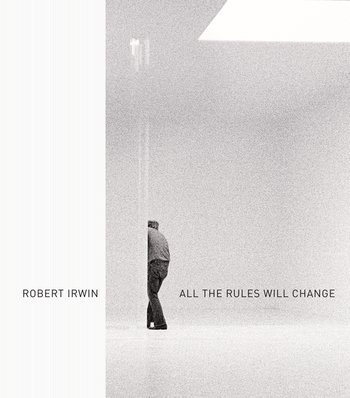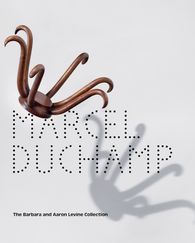
Robert Irwin, one of the most influential postwar American artists and a pioneering figure of California Light and Space Art, is the subject of this book that traces his development and remarkable accomplishments in the 1960s.
The first publication to focus exclusively on Irwin’s extraordinary trajectory during the 1960s, this book explores how the artist moved from creating small-scale abstract paintings to temporary installations that responded to the specific circumstances of a given site. During this relatively brief interval, Irwin methodically interrogated the most essential premises of art and, in the process, ultimately redefined what a work of art could be, proposing that art not be limited to objects but be considered a way of seeing. Through its discussion of Irwin's paintings, sculptures, and his new site-conditioned scrim installation created in response to the Hirshhorn's distinctive round architecture, this publication immerses the reader in the artist's groundbreaking investigations into the nature of color, light, and perception. The essays offer fresh insights into Irwin’s art while highlighting his pivotal role in the broader aesthetic developments in the 1960s. The book also includes text by Irwin.
Biography
EVELYN C. HANKINS is Senior Curator at the Smithsonian Institution’s Hirshhorn Museum and Sculpture Garden in Washington, D. C. She has authored several publications including, Robert Irwin: All the Rules Will Change (Prestel) and Mark Bradford: Pickett’s Charge.
Susan F. Lake
SUSAN F. LAKE, formerly Chief Conservator at the Hirshhorn, is now the Museum’s Director of Collections Emeritus.
Matthew Simms
MATTHEW SIMMS is Professor of Art History at California State University, Long Beach.
Jennifer (Licht) Winkworth
JENNIFER (LICHT) WINKWORTH, a former curator at the Museum of Modern Art, invited Irwin to create his first public scrim project at MoMA in 1970.

